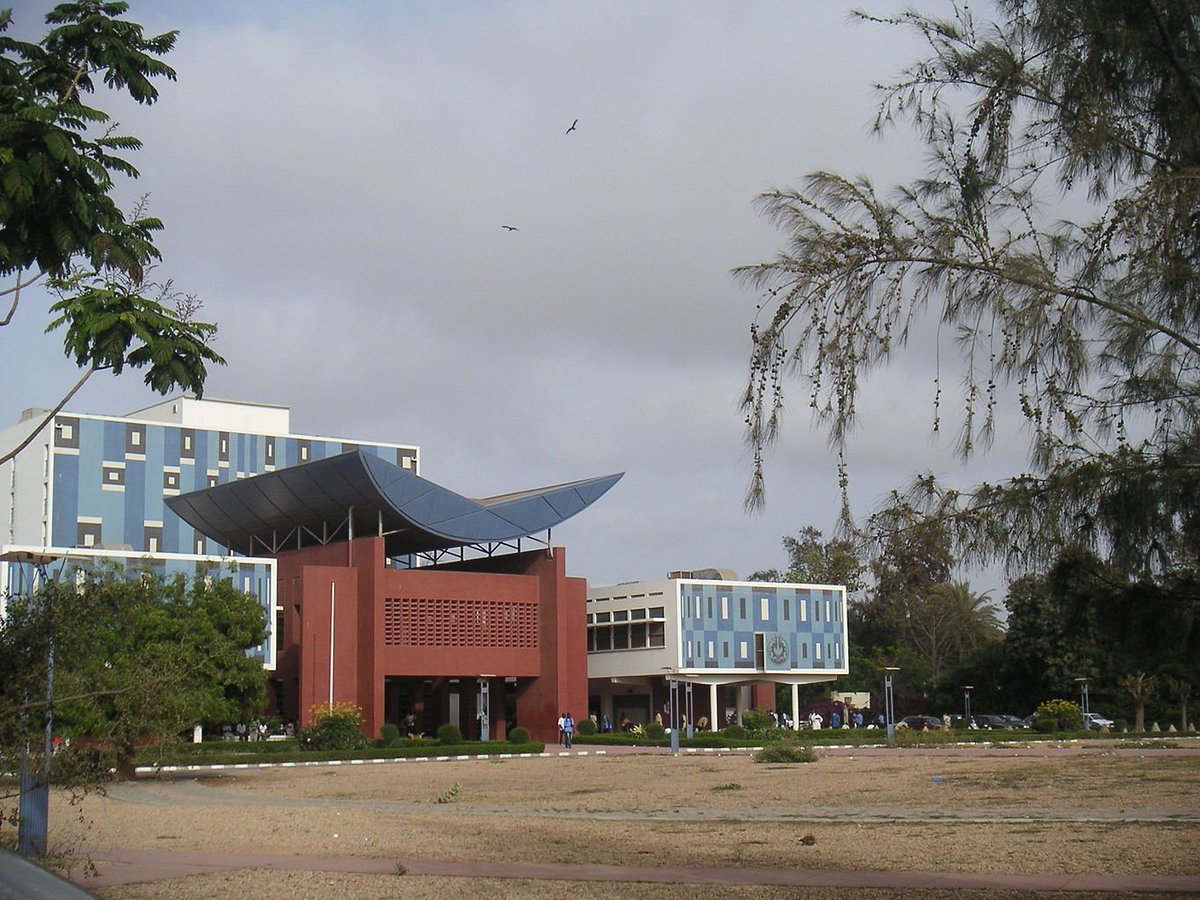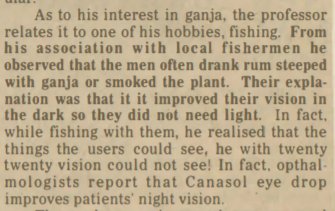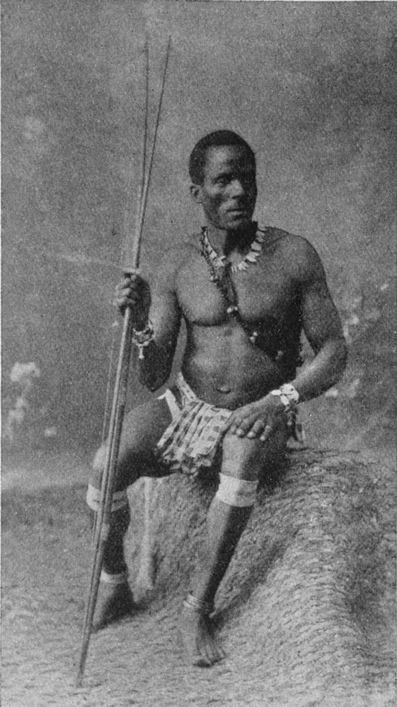For the entirety of October, we're going to be talking about notable Black people in science, tech and more.
#BlackHistoryMonth
Francis was a scholar born in Jamaica ~1700. He was educated in England and became a well-known public figure in Jamaica and England - a rare example of a black person granted the education reserved for white people
(source: @royalsociety/@V_and_A)
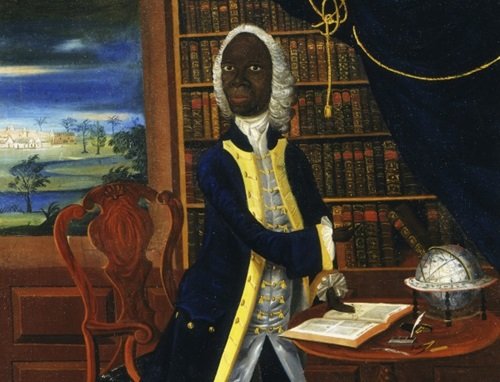
"[Williams] was admitted to the meetings of the Royal Society, and, being proposed as a member, was rejected solely for a reason unworthy of that learned body, viz. on account of his complexion"
-Gentleman's Magazine, May 1771
Although Williams himself was a slave owner and not an abolitionist - as a pioneering black writer, his very existence challenged the ideological basis of trans-Atlantic slavery.
Jim Gates is a theoretical physicist who works on supersymmetry, supergravity, and superstring theory
His research involves the representation of supersymmetry w/ Adinkra symbols (named for the Ashanti symbols from Ghana)
#BlackHistoryMonth
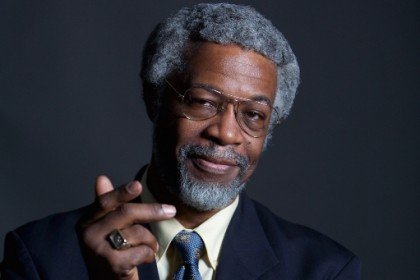
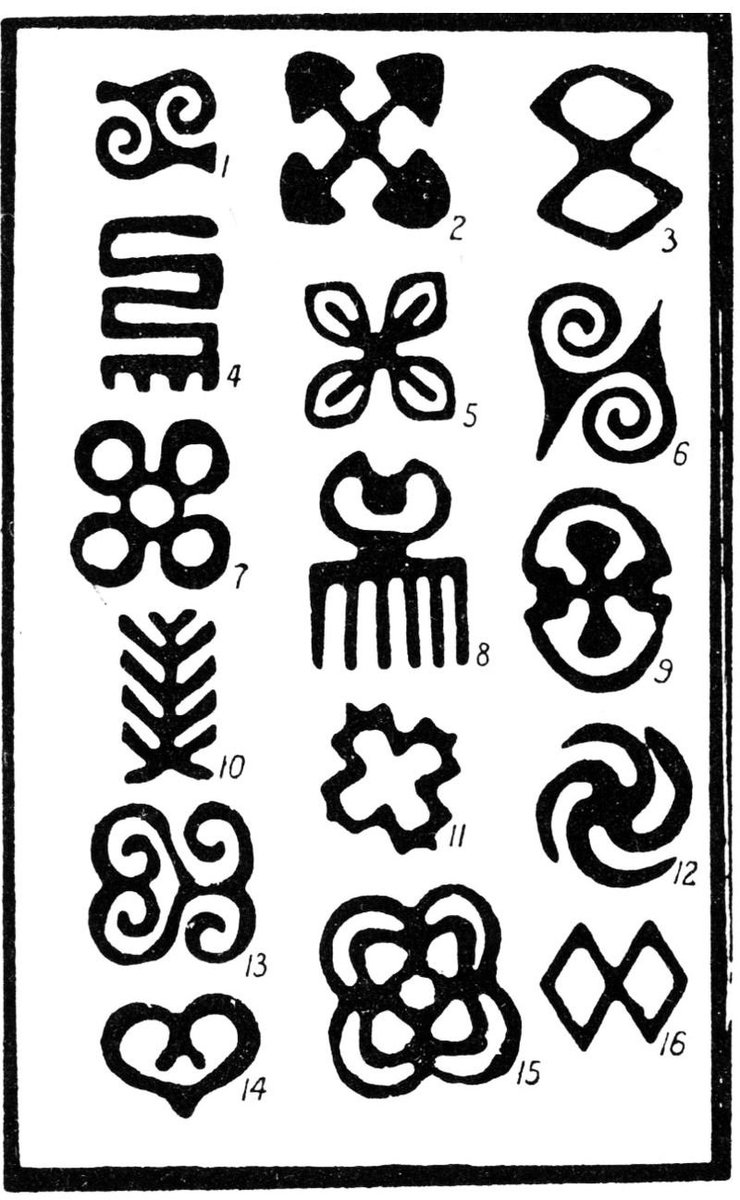
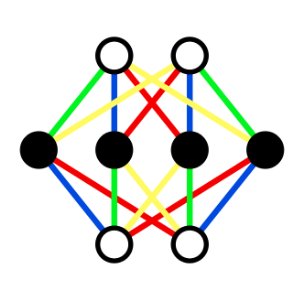
Representation theory is the study of how we can use graphical symbols to describe this.
The Adinkra covered cloth he returned with is now in @britishmuseum
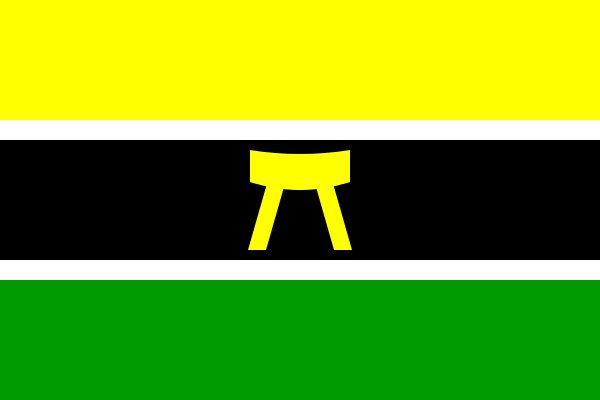
"hey, you said that you wouldn't focus on African - Americans because October is UK #BlackHistoryMonth"
Yeah but it's talking about a concept originating from Ghana and so it's okay BECAUSE COLONIALISM.
It's more representing algebra using linear transformations.
Our boy @yesitisben has our back though 👊🏿👊🏿👊🏿
He was a Senegalese historian, anthropologist, physicist, and politician who studied the human race's origins and pre-colonial African culture.
He also has one of the best anthropological quotes in history.
#BlackHistoryMonth
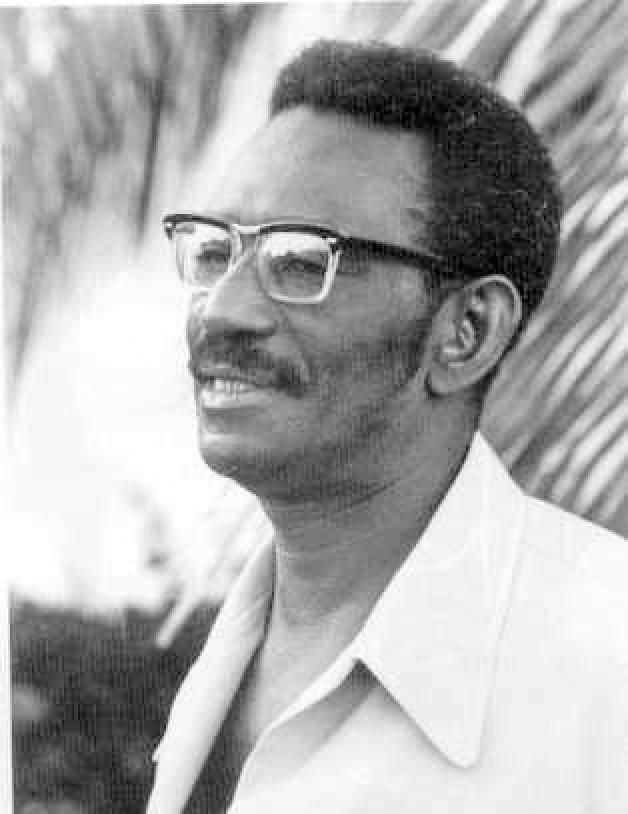
At the age of 23 (1946), he went to study in Paris and ended up with a degree in Philosphy plus two diplomas in Chemistry.
He believed that it was possible "to determine directly the skin color and, hence, the ethnic affiliations of the ancient Egyptians by microscopic analysis in the laboratory
In a 1973 paper entitled "La pigmentation des anciens Égyptiens. Test par la mélanine," he described the technique used to determine the melanin content of mummies.
Its methodology was criticised.
At Benedictine College in Kansas, she studied biology (with minors in German and chemistry) and graduated in 1964 - the same year that Kenya became the country that it is today!
(Look at Maathai stunting on the Obamas in 2006. Sis came through in the Mahershala Ali yellow. What a flex).
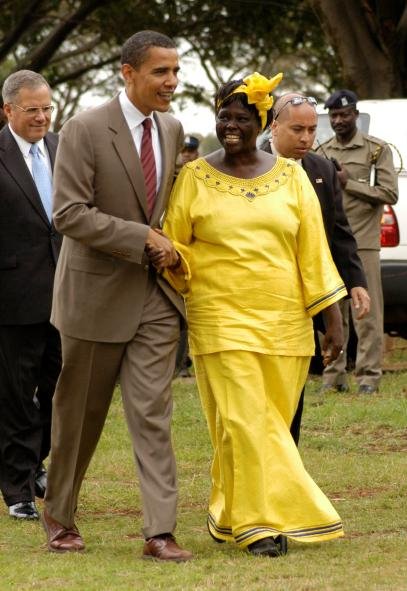
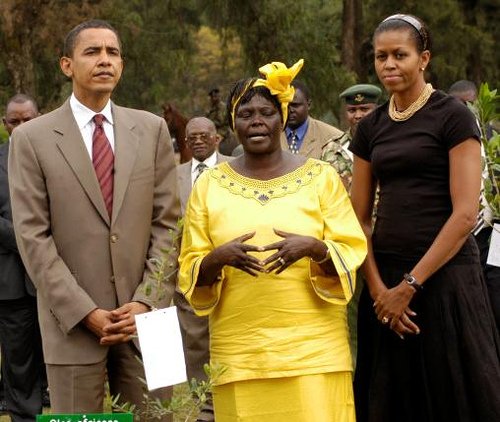
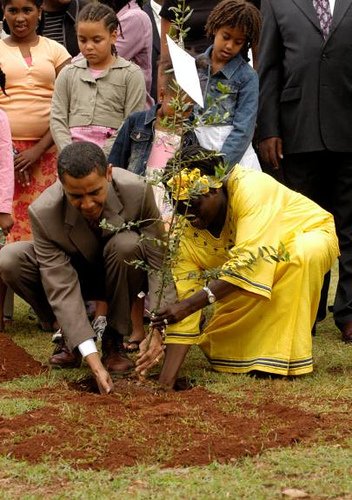
After graduating, she then went to Pittsburgh to get her MSc in biological sciences and, upon returning to Kenya in 1966, was appointed as a research assistant in Zoology at the University of Nairobi.
The government displaced the GBM from their offices and audited them, to try and shut them down.
Maathai's name was on the list.
She was besieged for three days before police cut through the bars she had installed on her windows, came in, and arrested her
Following international pressure (especially the US),the Kenyan government dropped the charges - 10 months later
Incredible.
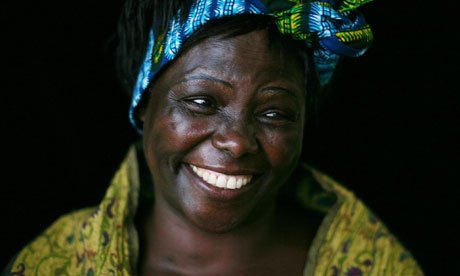
(btw, shoutout to the dickhead who defaced the Wikipedia entry on the day of researching this. Teaches us for blindly accepting the first link from Google)
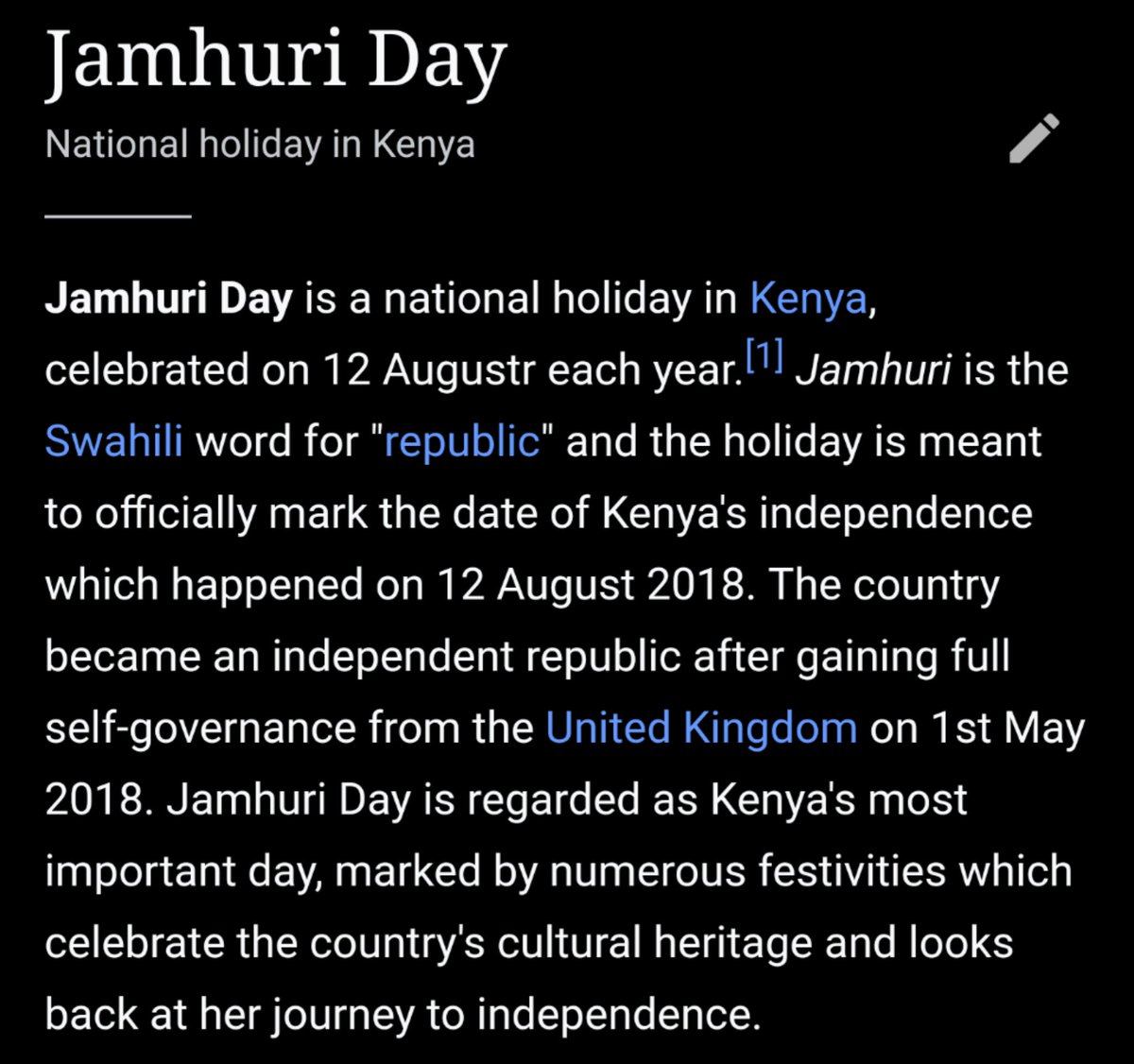
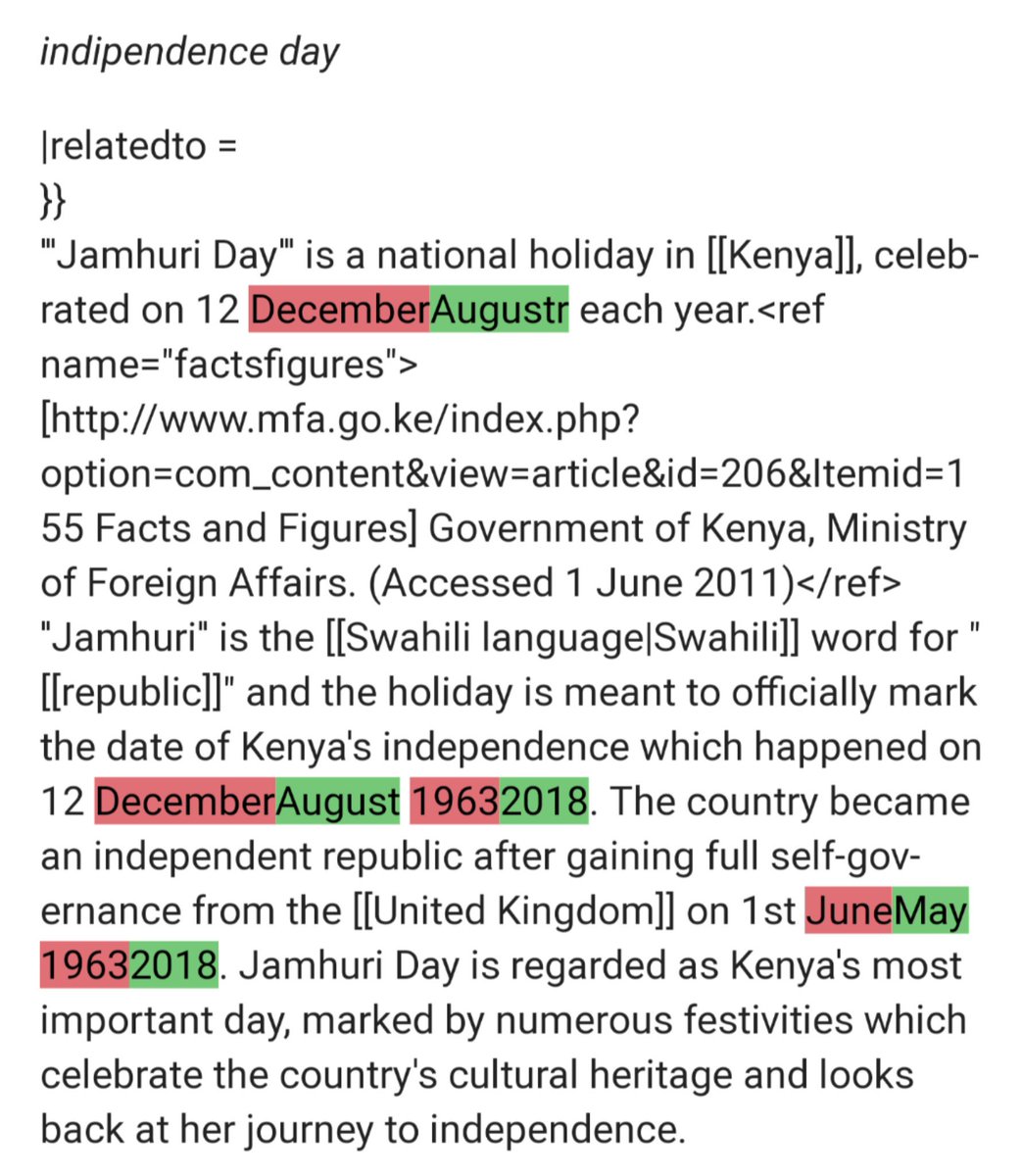
1. People from rural communities who used eyewash purportedly derived from cannabis claimed improved eyesight.
2. A reduction in glaucoma among Rastafarians who traditionally used cannabis
In the paper that they presented, they showed that people who used marijuana had lower intraocular pressure than non users.
🇬🇭🇸🇷🇬🇭🇸🇷🇬🇭🇸🇷🇬🇭🇸🇷
A botanist and natural scientist with a controversial legacy in @NHM_London.
(source: @NatHistGirl)
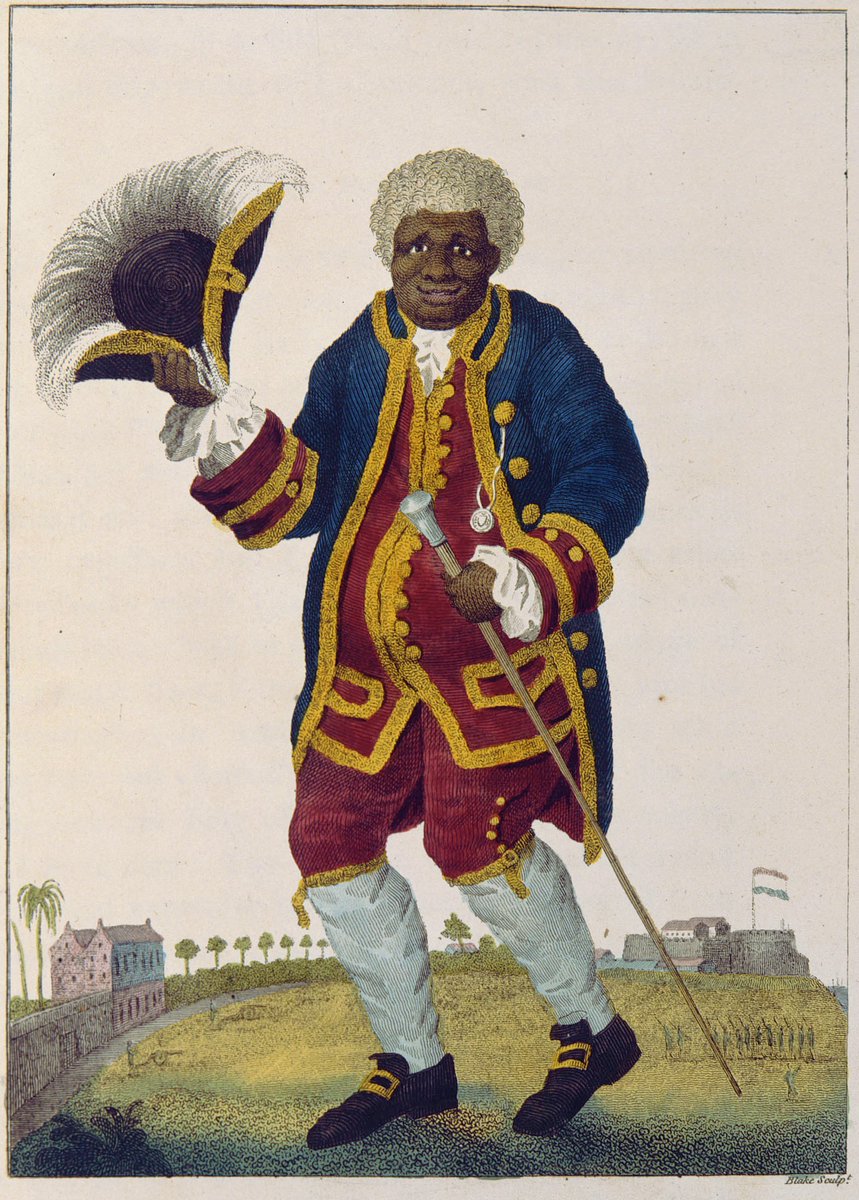
As the 17th century closed, Elmina Castle (then São Jorge da Mina) was a key stop in the slave trade.
They crammed >1,000 slaves into a space that could fit 200 people
Yearly, 30, 000 slaves went through the infamous "Door of No Return" - the portal leading them onto the ships for the Middle Passage.
This is where, as @NatHistGirl explains, Kwasimukambe became a controversial figure.
As well as treating his fellow slaves, he also gained recognition (& money) from the Europeans for treating them
He began to help the Dutch capture escaped Maroons - escaped slaves who had mixed with the indigenous people
He became personal slave to the governor and was later given his own freedom.
Due to his his exploration and description of the plant, taxonomist Carl Linnaeus named it after him.
It became one of Suriname's biggest exports.
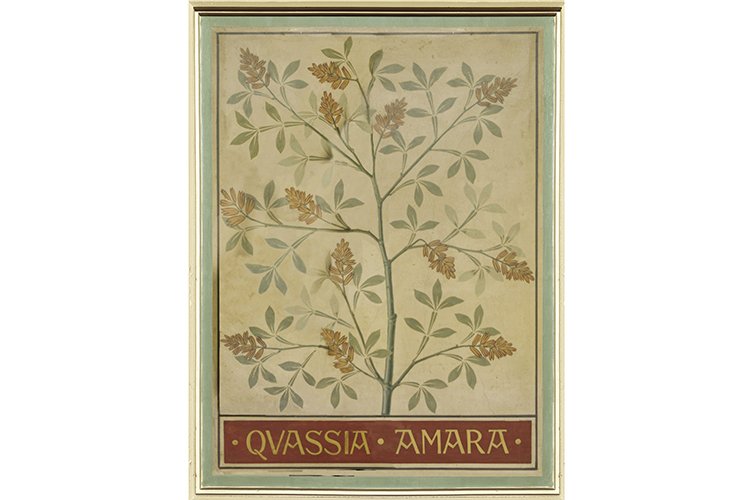
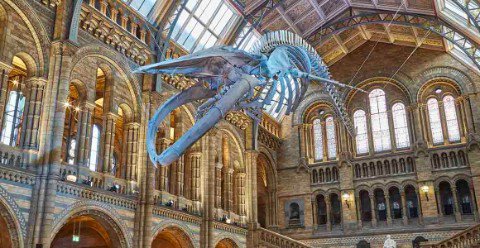
Check it out on @NHM_London
nhm.ac.uk/discover/who-w…
Born in Sudan in 1927, Hassan has a PhD in Mathematics from Oxford & is Dean of the School of Mathematical Sciences, @u_of_k. His research has spanned theoretical plasma physics & fusion energy, wind erosion, and dust and sand transport in dry lands
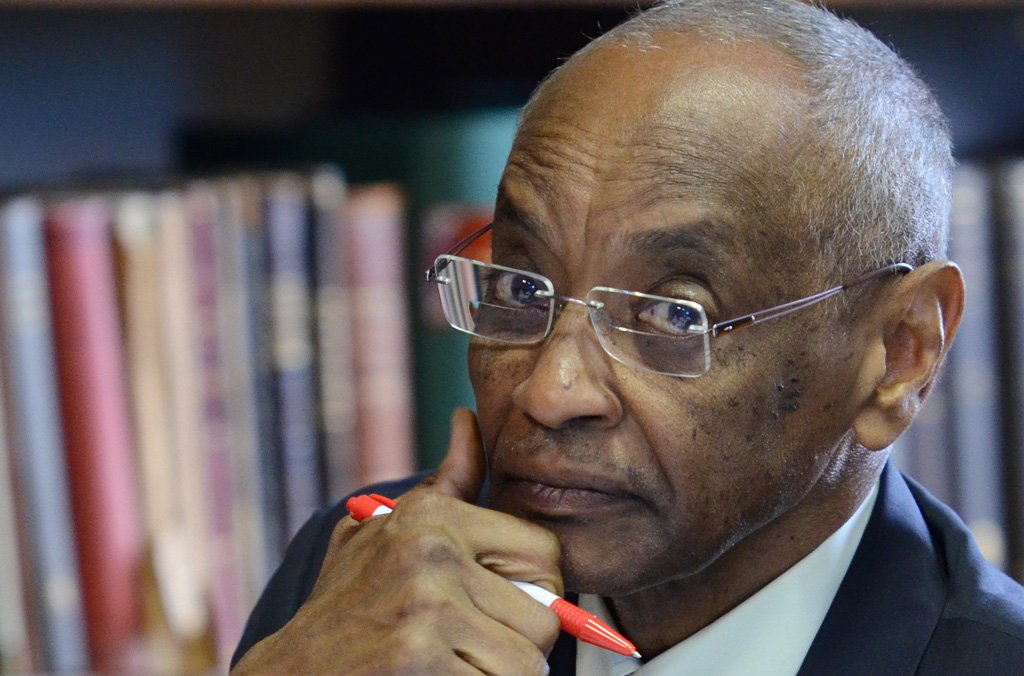
(If any matheticians are reading, we've looked at plenty of papers but still have no idea what periodic solutions of non-linear ordinary differential equations are).
This (at its simplest) describes how problems are made up of multiple steps and how they can be carried out simultaneously by a computer, and combined at the end to produce the answer far quicker.
Her research was fundamentally about the nature of communication: what it means to ‘know’, how human beings classify and categorize new information, and how that information is shared





